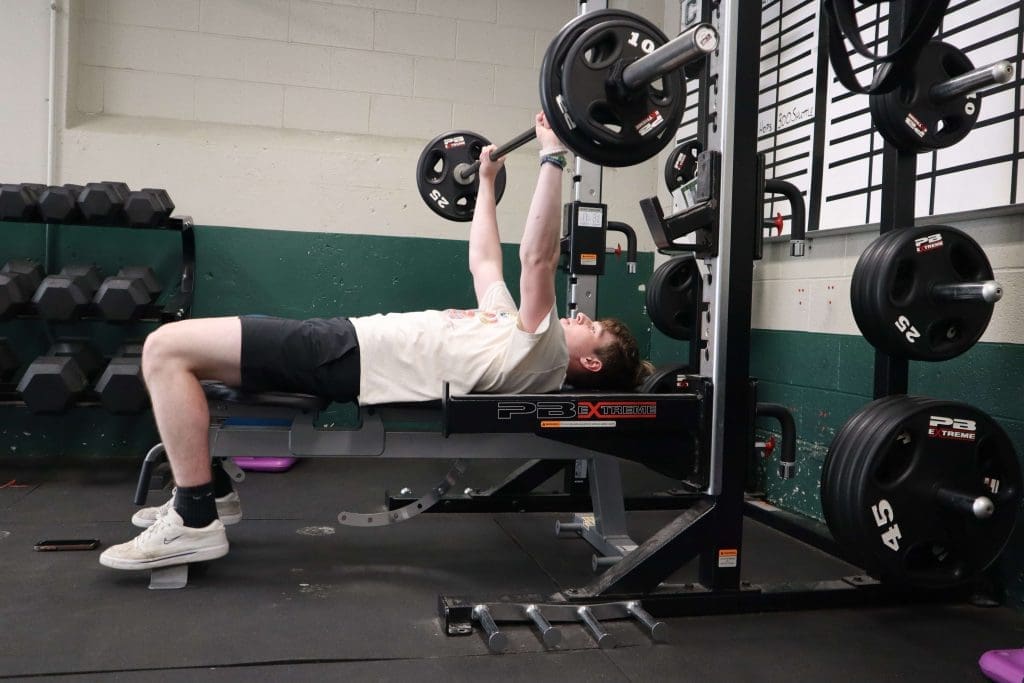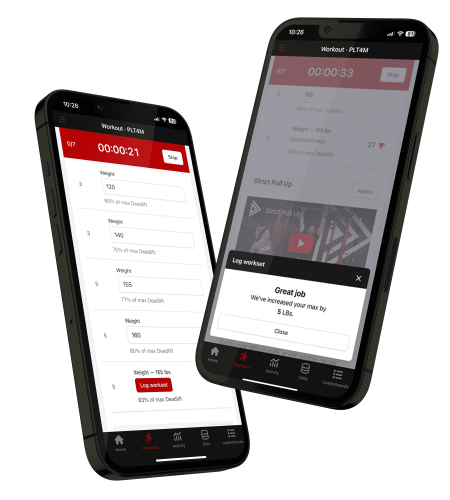The Physical Education Framework for California Public Schools is a 342-page document that outlines the California state standards for PE. This detailed framework breaks down everything from content standards to grade level outcomes, assessments, and more. As physical education teachers work to implement a quality physical education program aligned to the California state standards for PE, we break down actionable steps and examples to support students’ journey for a physically active healthy lifestyle.
Simplifying The Physical Education Framework for California Public Schools
The full Physical Education Framework For California Public Schools (Document Link Here), can seem overwhelming to unpack and understand. But to start, it is helpful to understand the overarching goal and mission of the California State PE standards. In the forward of the framework, the document states,
“High-quality, standards-based physical education instruction helps students learn not only the skills and knowledge to be physically fit and active, it also gives them the confidence and positive attitude necessary to participate in physical activities.”
From there, the framework outlines a “standards-based instructional design process” that shows a step-by-step process for physical education programs and standard alignment. This process map simplifies how to unpack the California physical education standards with one standard at a time, rather than trying to accomplish it all in one big swing. Most importantly, the framework put forth by California Department of Educations states,
“The physical education model content standards set forth what students are to know and be able to do; they do not prescribe how to provide instruction.”
Therefore, when looking align physical education classes to the California state standards for PE, teachers can and should mold and adapt PE lesson plans, assessments, and technology to serve the unique demands and needs of their students and schools. But they don’t need to take on this task alone!

A Closer Look at California States For PE in High School
The California Department of Education has the responsibility of monitoring the extent to which high schools provide a course of study having these eight areas. These content areas are:
Effects of physical activity upon dynamic health
Mechanics of body movement
Aquatics
Gymnastics and tumbling
Individual and dual sports
Rhythms and dance
Team sports
Combatives
Again, many of these different high school domains will need to be modified and adjusted by schools based on access to space, equipment, and other resources. For example, not all physical education programs have access to a pool. But the California State Standards for PE can still be achieved by teaching basic water safety and dry-land swim skills. Below is an example of how PLT4M teaches dryland and in water flutter kicking, which is a core component to successful swimming.
Example Of Standard Alignment For Course 3F – Weight Training and Fitness
Let’s take a closer look at just one of the many recommended course offerings that can help with standard alignment. Within the different recommended high school course offerings, the California state standards for PE elaborate on a successful weight training and fitness course.
Not only does a weight training and fitness focused course help to teach essential skills and movement concepts, it is becoming one of the most popular courses for California students. This popular form of physical fitness supports students with lifelong fitness skills that translate to any gym, weight room, or fitness facility.
The three overarching standards are consistent with all grade level standards and are:
Standard 1: Students demonstrate knowledge of and competency in motor skills, movement patterns, and strategies needed to perform a variety of physical activities.
Standard 2 Students achieve a level of physical fitness for health and performance while demonstrating knowledge of fitness concepts, principles, and strategies.
Standard 3: Students demonstrate knowledge of psychological and sociological concepts, principles,
With these standards, weight training physical education classes can be designed to teach and develop movement patterns so that California students can build movement skills, while also aligned to California state standards for PE.

Sub-Standard Examples From Weight Training Class
From there the 26 sub-standards outline all of the different pieces that California schools can apply to a weight training and physical fitness course. For example,
“1.6 – Identify and apply the principles of biomechanics necessary for the safe and successful performance of weight training.”
Here, many teachers use different instructional videos, lesson plans, and techniques to teach and develop this and the other standards. For example, check out this in-depth instructional video that breaks down everything from movement patterns of a squat, how to safely spot, and key points of performance to look for.
Another sub-standard example would be the use of a physical fitness log,
“2.7 Develop and use a personal physical fitness log to record all workout data on a daily basis.”
Here, California students can continue using PLT4M with any device to log different metrics and data. This not only gives them real-time feedback, but can also double as a way for physical education teachers to track Fitnessgram data requirements.

Fully-Aligning To California State Standards For PE
While this short article will not attempt to highlight how PE teachers can fully align to California state standards for PE, PLT4M is here to help!
Reach out to PLT4M so that you can evaluate and explore how PLT4M’s curriculum and technology can further connect your physical education classes to the California state standards for PE.
PLT4M is proud to partner with over 130 schools in California to support students’ learning and success.
As we work to create strategies for empowering good health and wellness for California students, physical education classes can tap into the power of curriculum, technology, and professional development for success.
FAQ
Does PLT4M Align To Shape Standards?
Yes, PLT4M curriculum and technology aligns to Shape Standards!
SHAPE America’s National Standards & Grade-Level Outcomes for K-12 Physical Education define what a student should know and be able to do as result of a highly effective physical education program. Our standard alignment guide demonstrates how the PLT4M programs align with grade level standards, helping you achieve and accomplish a standards-based curriculum.
The guide is organized in two different ways:
Breakdown by Standard – Build your curriculum based on a set of standards you’re aiming to meet.
Breakdown by PLT4M Program – Determine which standards will be met based on the PLT4M programs you’ve implemented.
How many schools currently use technology in their PE class?
Thousands of schools use technology in their classrooms, and over 1,000 schools are currently using PLT4M. Teachers have taken time and advocacy for schools to consider investing in technology for PE, but more and more schools are starting to see the long-term benefits.
PLT4M is here to help when it comes to advocacy! For example, when physical education teachers do a demo with PLT4M, they are equipped with countless resources to sell administrators and stakeholders.










